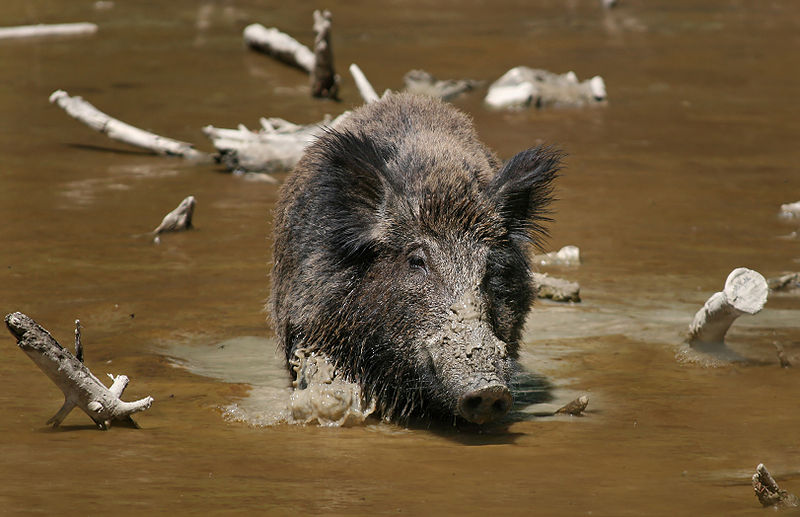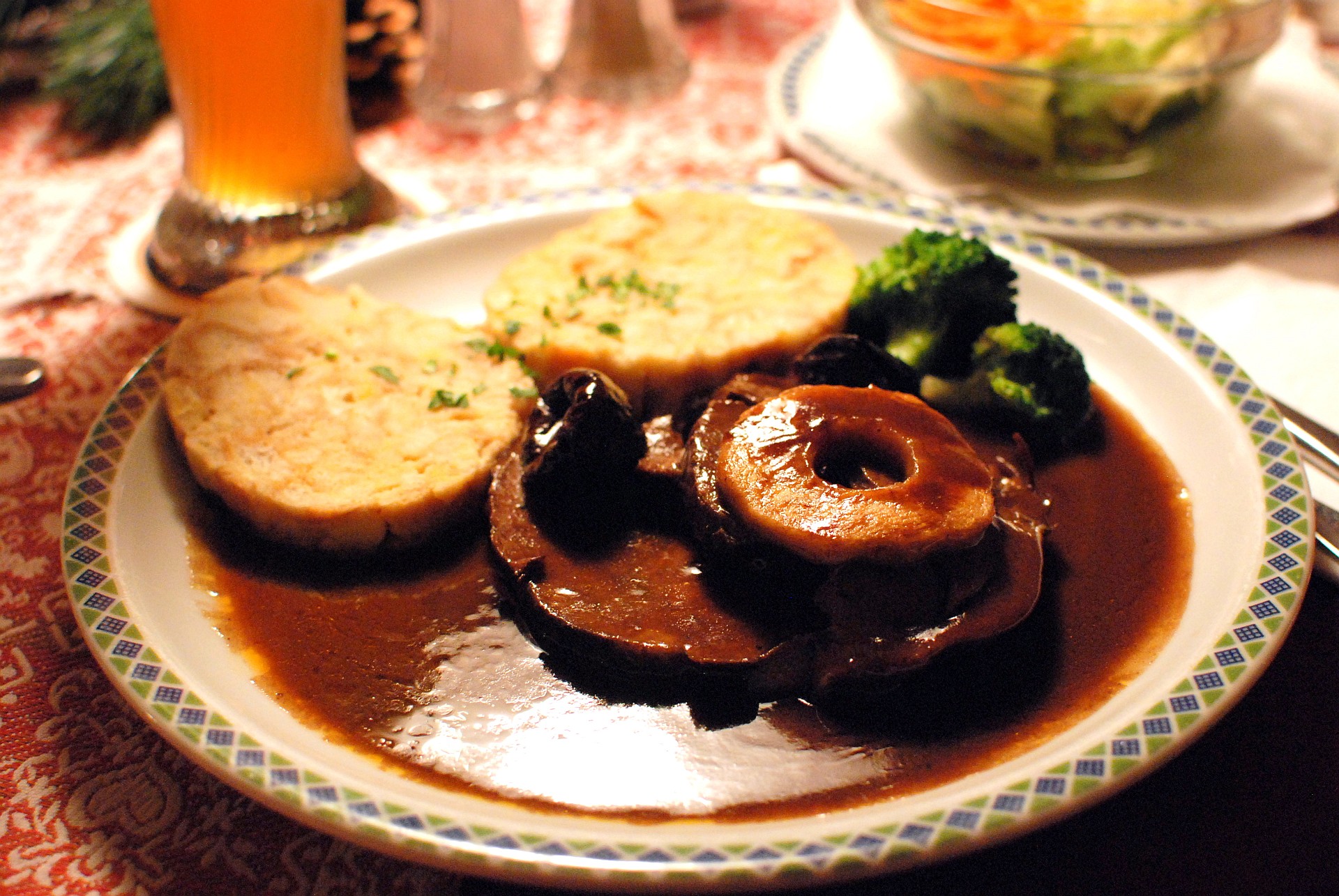No, not Chicken Kiev (chickens go cluck, cluck!), but wild boar meat in Germany. Radioactivity from the Ukraine’s Chernobyl nuclear meltdown in 1986 contaminated much of Central Europe and is still detectable in some animals, including Germany’s wild boar population. In Germany, where wild boar meat is a prized (and expensive) gourmet staple, authorities now require that the meat be tested for safety, and hunters are complying because government compensation payouts are now higher than market rates.
The Environment Ministry in Berlin paid about $555,000 to compensate hunters for contaminated wild boar meat in 2009, four times the amount paid in 2007. The dramatic increase in compensation payments for radioactive meat considered unfit for human consumption parallels a dramatic increase of Germany’s wild boar population. According to a report in Der Spiegel, “The reason for the climbing payments, of course, has more to do with Germany’s skyrocketing wild boar population than with an increase in radioactive contamination. ‘In the last couple of years, wild boar have rapidly multiplied,’ a spokesman from the Environment Ministry confirmed to SPIEGEL ONLINE. ‘Not only is there more corn being farmed, but warmer winters have also contributed to a boar boom.’ Numbers from the German Hunting Federation confirm the population increase. In the 2008/2009 season, a record number of boar were shot, almost 650,000 against just 287,000 a year previously.”
The relatively high radiation level in wild boar reflects their diet which includes mushrooms (including truffles) that absorb and retain radioactivity; the radioactivity remains in the soil for long periods of time and is predicted to remain a problem for at least another 50 years. “The impact of Chernobyl has generally decreased in Germany and is less of a problem on fields that are used for commercial crops, Florian Emrich, spokesman of the Federal Office for Radiation Protection told the Associated Press. But forest soil in some regions, such as Bavaria and Baden-Wuerttemberg, still have high levels of Cesium-137 which has a half life of roughly 30 years, Emrich said. And some hunting experts say the isotope is just now hitting the soil layer that boars are rooting around in for food” (source). Der Spiegel mentions that Germany forbids anyone to sell meat containing high levels of radioactive caesium-137, meaning that animals with contamination levels of 600 becquerel per kilogram or higher must not be eaten. Some boar meat in Southern Germany has been measured at 7,000 becquerel per kilogram, however (source).
Article by Bill Norrinton




